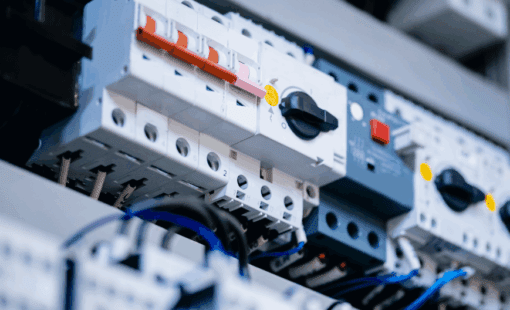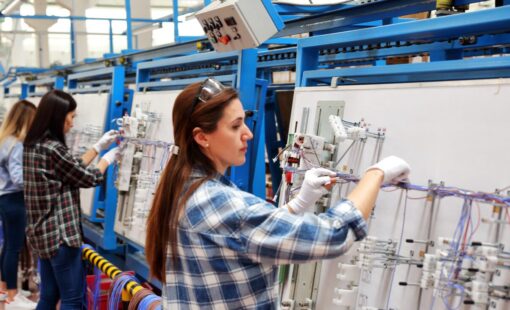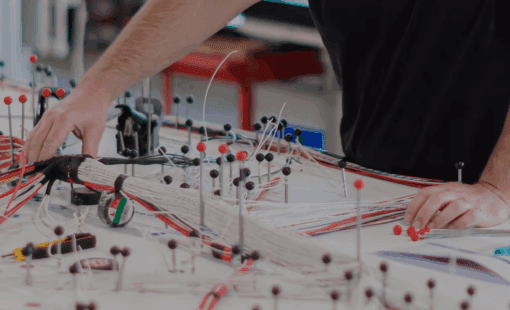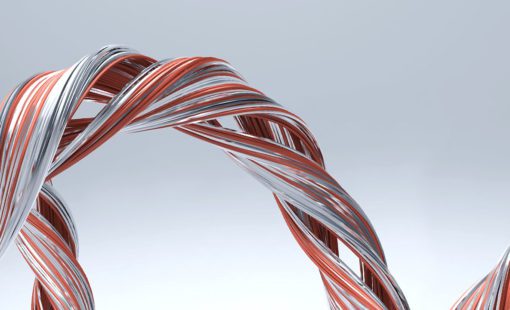We are going to explore E3.series Project settings to improve the configuration, immaterial of your status as a new user, or a long-time user. It is easy to draw parallels between working with a CAD-based design tool and playing a board game. Think back to how you learned to play most games throughout your childhood. If you were anything like me you just wanted to start playing! You didn’t want to read through the rules and would have rather had someone explain them in a trial round. Then at some point when playing a game with someone different you found some new rules. All that time you never knew that you were missing out on something with the game until they showed you. Similarly, with your design tool, you could be missing out on valuable settings.
E3.series allows engineers and designers to work from any process flow. With that robustness comes lots of settings to consider. Rather than tackling the configuration of the settings all at once, it is important to take your time and walk through the available settings. Additionally, you can use this as an opportunity to standardize the company schematic drawings.
Stressed about where to start with the project settings? Try something fun! Here are the basic steps to set up your workspace…
Creating a comfortable workspace is a great way to dip your toes in before jumping into the electrical setting. With E3.series you can customize the positions of the windows and toolbars. It is as easy as clicking and dragging them. You can also customize the toolbars and shortcut hotkeys to fit your preferences. The following are our suggestions for creating the best workspace for you:
- Move windows to your preferred locations by using the Smart Docking features to personalize your workspace. Read More
- Select a pleasing color for the workspace theme.
- Create custom toolbars and hotkeys to have access to your most-used commands faster.
- Define the Database Search Configurations to aid in finding items. Read More
- Personalize the project content views to display desired information and improve efficiency.

Time for project settings. Take a deep breath and let’s do this!
First, start with a blank E3.series project and deploy the Settings menu. The settings are segregated into logical categories. You can think of each category as a mini-milestone that you need to achieve. In each of these categories, there are options to help save you time with the design and error checking. If you need more detailed information for a setting press on the Help button in the Settings window.
Here are some of my favorite settings:

1. Autoconnect options
Prevent accidental plugging of pins of the same device into itself by activating this setting.
2. Deny plugging pins
Add components in line with a connection without having to manually break the connection. Likewise, you can remove a component and the connection line will reconnect.

3. Conductors/wires settings
By using these settings found under the Conductors/Wires category, E3.series can help prevent the use of incorrect conductor sizes and cavity parts on your connectors.

4. Automatic conductor/wire naming
Define the format for conductor naming in your E3.series project and automatically assign them with settings from the Naming category. Read More

5. Device designations of mating connectors
Automatically assign device designations to mating connectors that match with the block connector. For example, designation A1.J1 is assigned when mated to device A1.P1.

6. Auto routing options
Use the Auto Routing settings in E3.series to automatically route connections based on component placements whether it is newly placed or relocated. Read More
Time for the next level of the project settings! Pun intended.
Next, let’s review the Level settings. Levels are like layers of your projects. Project visibility assigned to levels is configurable for individual symbols, attributes, and texts. This allows you to readily show or hide information. For instance, this is useful to create different display options for viewing the drawing. Some examples could be signal information, graphics for the construction, or wire colors. Also, the difference can be as small as how to display the pin numbering on connectors.
Read More on How to Control Levels in E3.series
Can I create a template with project sheets?
Yes, a template file is easy to create. The template file is more effective if you include the same drawing sheets or other reusable parts in your projects. For example, your projects always include at least one block diagram, wiring diagram, and manufacturing drawing. For each drawing type you can create a sheet and set the properties you want. Then when you open a new project you will already have those drawing sheets ready to go. Pretty neat right?
I’ve finished going through the project settings, now what?
Finally, save these newly configured settings in a template file. Template files make it easy to share project settings with your team. Additionally, you can lock down the settings to prevent users from making modifications. Once each user has the new standard settings, it is time to start making designs. Knowing that you and your team will have more uniform drawings gives you some peace of mind.
Final remarks
E3.series is adaptable to fit different design process demands. Take full advantage of this powerful tool by taking the time to set it up to fit your company’s needs. It will be beneficial to understand what settings are available for you to use to help you save time. As a result it allows you to limit user changes of the settings while creating projects. Which if not caught early could create some headaches.
Watch out for Part 2 of this blog series where I will review setting up your library for productivity tools.






